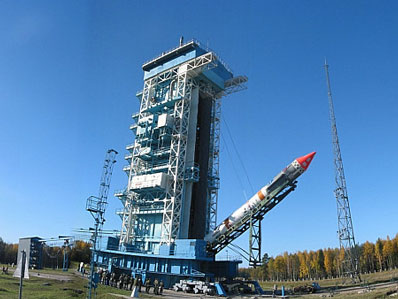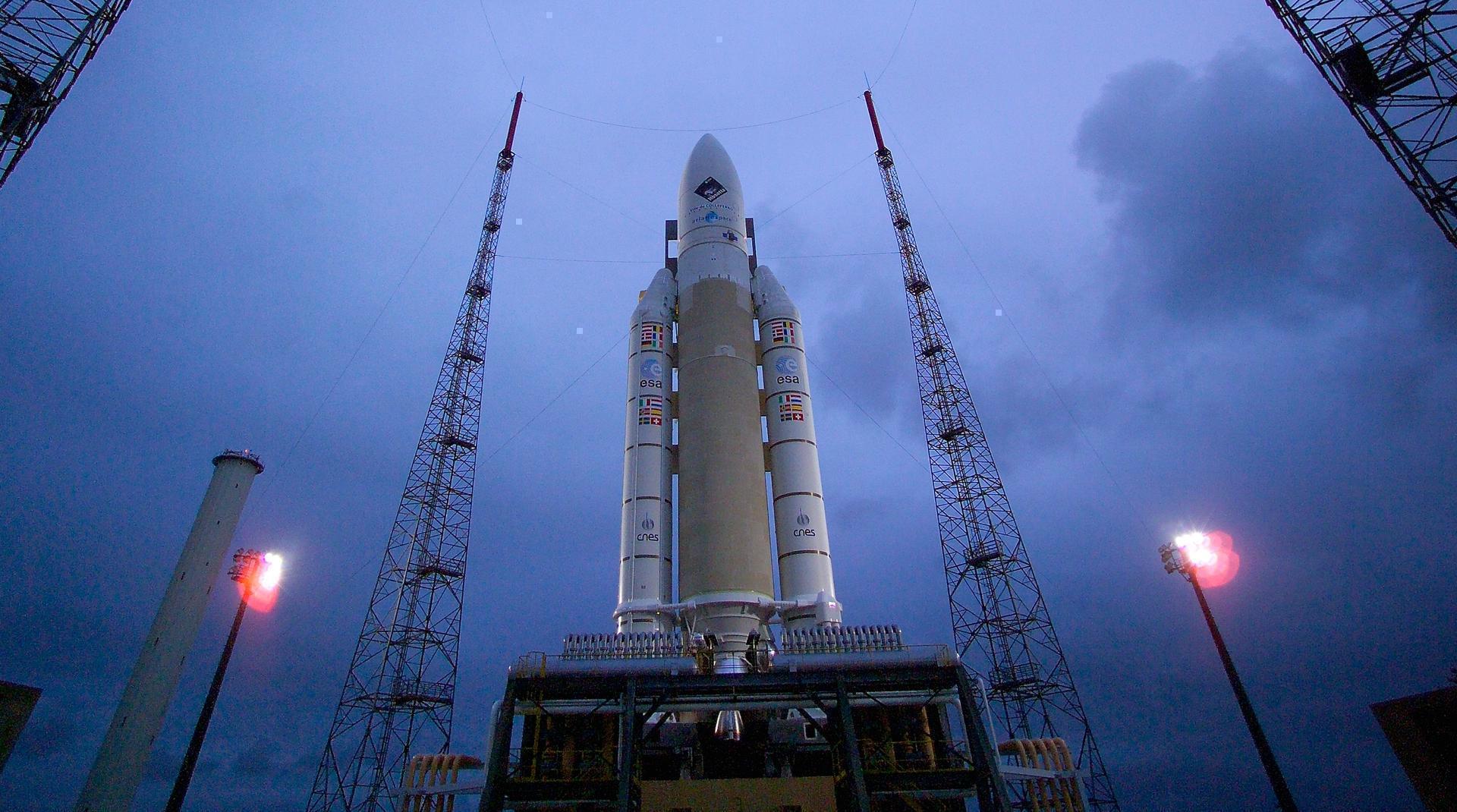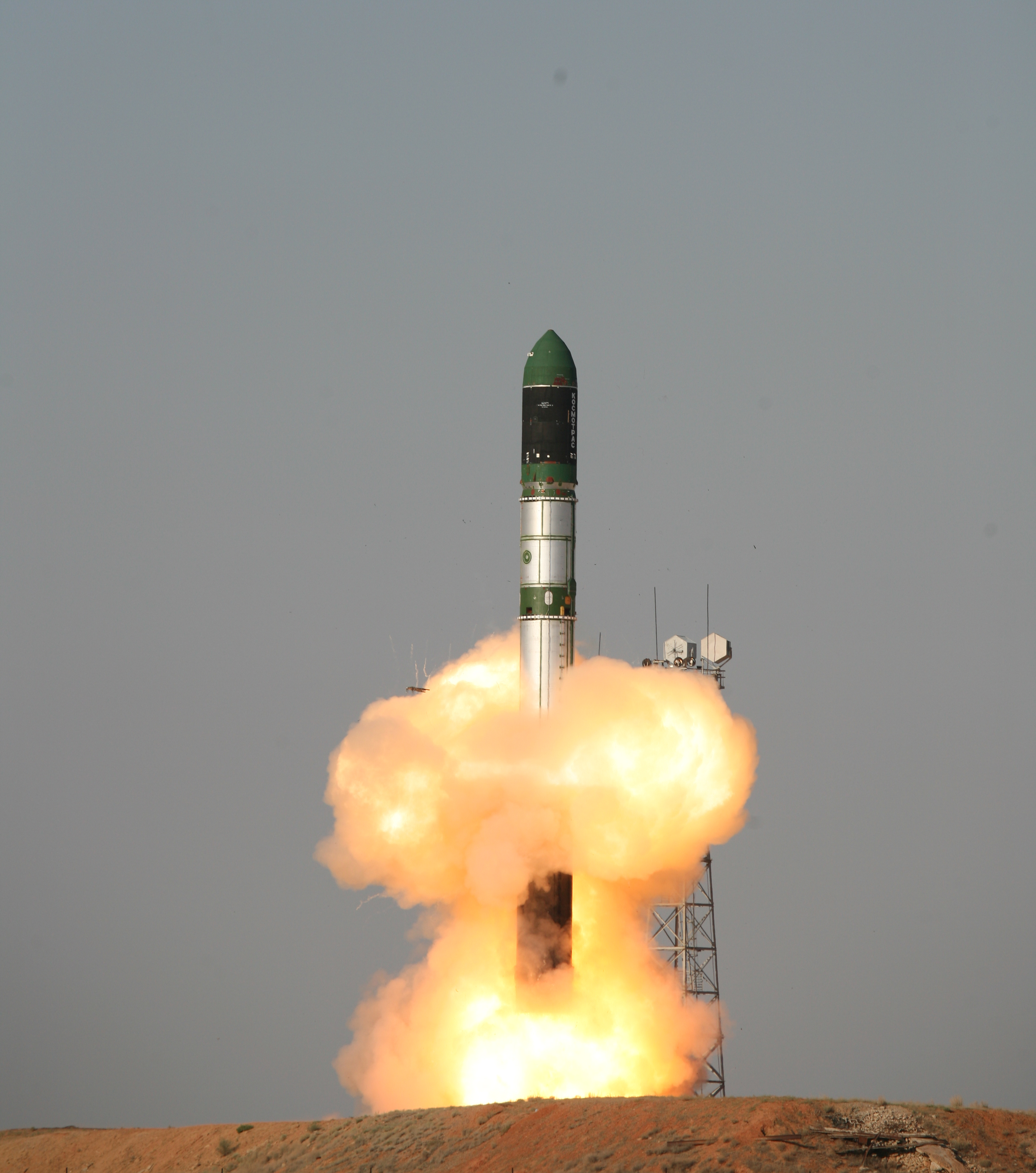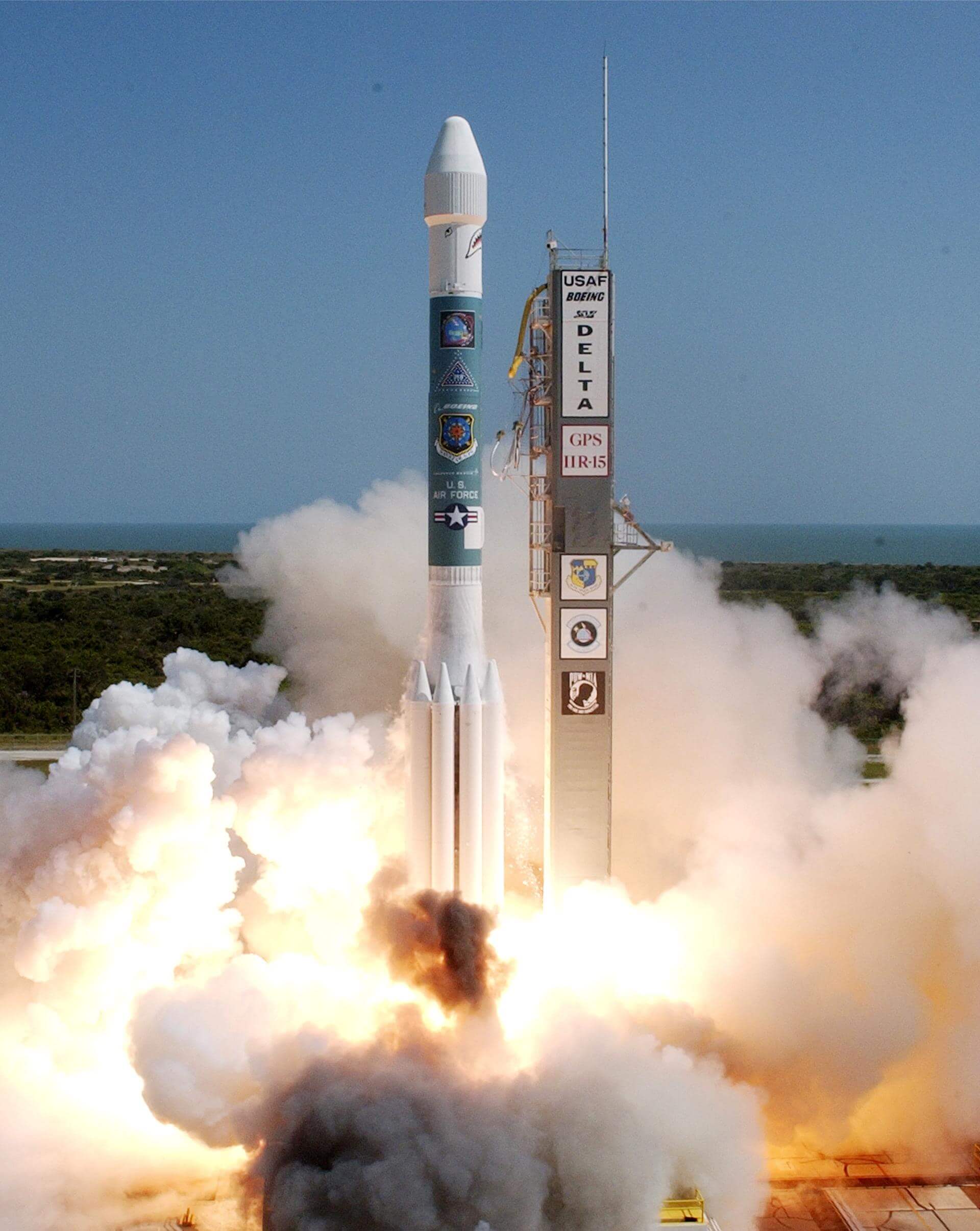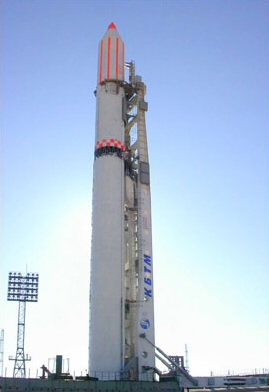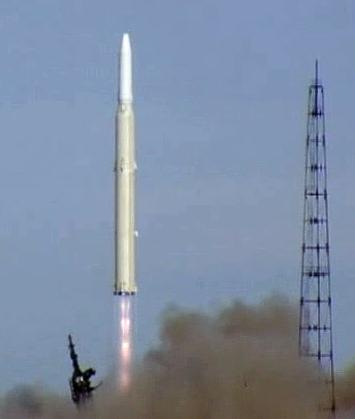Previous Spaceflight Launches
Filter by Agency, Locations or Vehicles
Show All LaunchesKosmos-3M | Parus 95
Russian Space Forces | RussiaPlesetsk Cosmodrome, Russian Federation
July 22, 2004, 5:46 p.m.
Ariane 5 G+ | Anik F2
ArianeGroup | FranceGuiana Space Centre, French Guiana
July 18, 2004, 12:44 a.m.
Delta 7920-10L | Aura
McDonnell Douglas | United States of AmericaVandenberg SFB, CA, USA
July 15, 2004, 10:01 a.m.
Status: Launch Successful
Mission:
Aura (EOS CH-1) is a multi-national NASA scientific research satellite in orbit around the Earth, studying the Earth's ozone layer, air quality and climate. It is the third major component of the Earth Observing System following on Terra and Aqua.
Sun-Synchronous OrbitDnepr | Aprizesat-2
ISC Kosmotras | RussiaBaikonur Cosmodrome, Republic of Kazakhstan
June 29, 2004, 6:30 a.m.
Zenit | Telstar 18
Sea Launch | RussiaSea Launch
June 29, 2004, 3:58 a.m.
Status: Launch Successful
Mission:
Telstar 18, launched June 28, 2004 aboard a Sea Launch Zenit-3SL rocket, has successfully reached its in-orbit testing position at 142 degrees East longitude. During the satellite's launch, the Zenit rocket's upper stage shut down 54 seconds early and released the satellite into a low orbit. After the launch, engineers at Space Systems/Loral (SS/L) raised the spacecraft to its correct orbit using a series of carefully planned satellite maneuvers and thruster burns.
Geostationary OrbitDelta II | GPS IIR-12
United Launch Alliance | United States of AmericaCape Canaveral SFS, FL, USA
June 23, 2004, 10:54 p.m.
Proton-M Briz-M | INTELSAT 10-02
Khrunichev State Research and Production Space Center | RussiaBaikonur Cosmodrome, Republic of Kazakhstan
June 16, 2004, 10:27 p.m.
Zenit-2 | Tselina-2 22
Yuzhnoye Design Bureau | UkraineBaikonur Cosmodrome, Republic of Kazakhstan
June 10, 2004, 1:28 a.m.
Tsiklon-2 | US-PM 12
Yuzhnoye Design Bureau | UkraineBaikonur Cosmodrome, Republic of Kazakhstan
May 28, 2004, 6 a.m.
Soyuz U | Progress M-49
Russian Federal Space Agency (ROSCOSMOS) | RussiaBaikonur Cosmodrome, Republic of Kazakhstan
May 25, 2004, 12:34 p.m.
